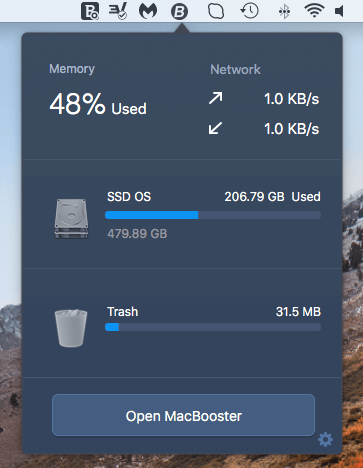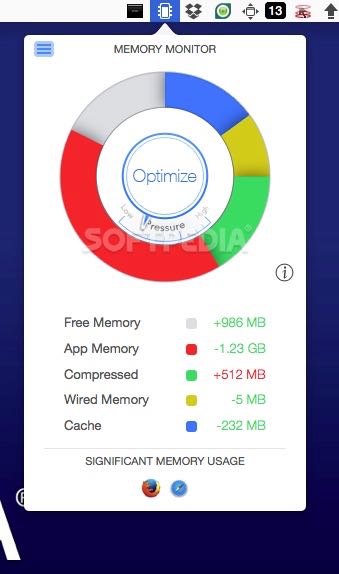
If you have an older Mac, and none of the tips above help, it’s probably time to consider upgrading your computer. Having ample memory is very important to run modern systems and apps. If that doesn’t work, you can also try updating macOS. Update your applications: Sometimes, an app might have a bug that eats up memory by mistake.Clear some space, and then see if the problem persists. If you ever see the “Your system has run out of application memory” message, you’ve probably run out of both physical memory and available storage space. Free up hard-drive space: When available memory is low, your Mac will automatically use a portion of its hard drive (SSD) storage as “virtual memory.” This is much slower than actual physical RAM chips.Also, limit the number of browser tabs you have open, as those can also eat up a lot of memory.

Quit any programs you aren’t actively using.

#MAC MEMORY CLEANER REVIEWS INSTALL#

The process will close, and, hopefully, your Mac will be back to normal. To do so, select the process from the list, and then click the “X” at the top left.Ĭlick “Force Quit” in the dialog box that appears to confirm. If this is the case, you can force it to quit. If, however, the process using a large amount of memory isn’t what you expect, something might be wrong with the program.


 0 kommentar(er)
0 kommentar(er)
